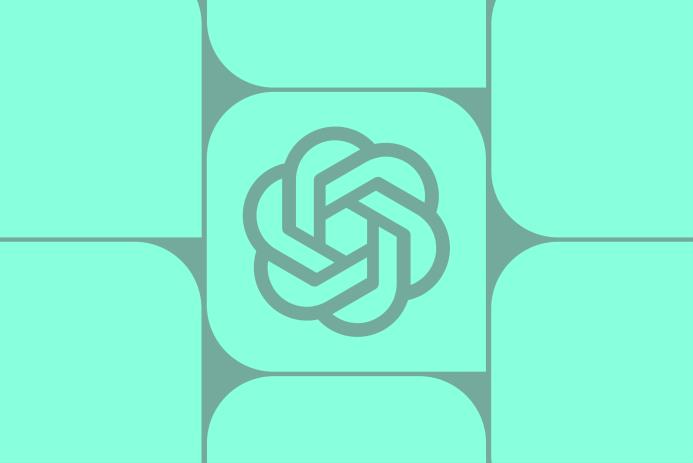
How OpenAI Lets Developers Build Apps That Run Directly Inside ChatGPT
- 05 November, 2025
What’s new: apps inside ChatGPT
OpenAI now lets developers build apps that run directly inside ChatGPT using a new ChatGPT SDK. That means third-party services — from design tools to travel sites — can hook into the chatbot so you can complete tasks without leaving the conversation.
How it works — a few real examples
In a live demo, OpenAI showed practical, immediate ways apps can extend ChatGPT’s usefulness. An employee asked Canva (via ChatGPT) to create a poster for a dog-walking business; after a short wait, Canva returned multiple poster options. The conversation continued: the presenter asked ChatGPT to generate a pitch deck based on the selected poster — a natural workflow for a busy founder or freelancer.
Another demo used Zillow inside ChatGPT to show homes for sale in Pittsburgh. ChatGPT created an interactive Zillow map and then answered follow-up questions about price ranges and neighborhoods. These examples show the value: apps provide live, structured data and actions while ChatGPT supplies context, explanation, and follow-ups.
Which apps are available now (and coming soon)
At launch, OpenAI lists apps such as Booking.com, Canva, Coursera, Expedia, Figma, Spotify, and Zillow. In the weeks ahead, more apps — including DoorDash, OpenTable, Target, and Uber — are expected to appear. OpenAI has also previously enabled purchases through ChatGPT (for example, buying on Etsy), which signals a push toward richer commerce capabilities inside conversational AI.
Developer access, submission, and monetization
Developers can access the preview SDK starting today. Later this year, they will be able to submit completed apps for review and publication in an app directory OpenAI plans to host. OpenAI CEO Sam Altman said the company will publish guidance about monetization soon, which is a critical detail for companies weighing integration effort versus potential revenue.
Why this matters: practical benefits and use cases
This feature transforms ChatGPT from a conversational assistant into a lightweight integration platform. A few practical use cases:
- Small businesses: Create marketing assets (Canva) and instantly draft pitches or social posts from the same chat session.
- Travel planning: Compare flights, hotels, and itineraries from Expedia and Booking.com without toggling between tabs.
- Real estate research: Preview listings, explore neighborhoods, and ask follow-ups about commute times or school ratings using Zillow.
- Learning & productivity: Enroll in or preview courses from Coursera, then ask ChatGPT to summarize key lessons or create study plans.
Developer perspective: what to expect
If you’re a developer, expect to adapt to a conversational integration model rather than a traditional REST-only flow. In my experience, designing for short conversational turns — thinking in terms of prompts, clarifying questions, and stateful context — makes these integrations feel natural inside a chat interface. Also, prepare for review guidelines and potential monetization constraints once OpenAI publishes those details.
Concerns and limitations
There are important caveats. Privacy, data handling, and clear UI affordances will matter. Users must understand when data is shared with external apps. Third-party apps will need to handle authentication, rate limits, and edge-case behavior (for example, when ChatGPT misunderstands user intent). Additionally, not every workflow benefits from a chat-based integration; some complex tasks still require dedicated apps or dashboards.
One hypothetical example
Imagine a freelance event planner using ChatGPT with integrations: they ask ChatGPT to find venues (Booking.com), generate a mood board (Canva / Figma), book a caterer, and create an invoice template — all inside one thread. That single-session workflow saves time and prevents context-switching. In my experience, saving even a few minutes per task scales to large productivity gains over weeks.
Where to learn more
Developers can read OpenAI’s announcements and SDK docs to get started. For background on how conversational integrations have evolved, see OpenAI’s posts about apps in ChatGPT and buying in ChatGPT. Additional coverage and examples are available from reputable tech outlets that showed demos and early impressions. Learn more in our guide to generative AI trends. [Source: OpenAI announcement]
Key takeaways
- Apps-in-chat make workflows more efficient: They combine live data and actions with ChatGPT’s context and synthesis.
- Developer-ready now: SDK preview is available today; app submission and a public directory follow later this year.
- Privacy and UX matter: Clear data flows and user consent are essential to adoption.
Overall, embedding apps inside ChatGPT is a meaningful step toward more integrated, conversational workflows. It won’t replace every dedicated app, but for many quick tasks — design, booking, shopping, or research — it promises to cut friction and speed outcomes. If you’re a developer or product manager, now is the time to experiment with the SDK and prototype useful conversational experiences.
Note: The examples above summarize demonstrations and official OpenAI messaging. For the latest SDK docs and submission rules, refer to OpenAI’s developer site.








